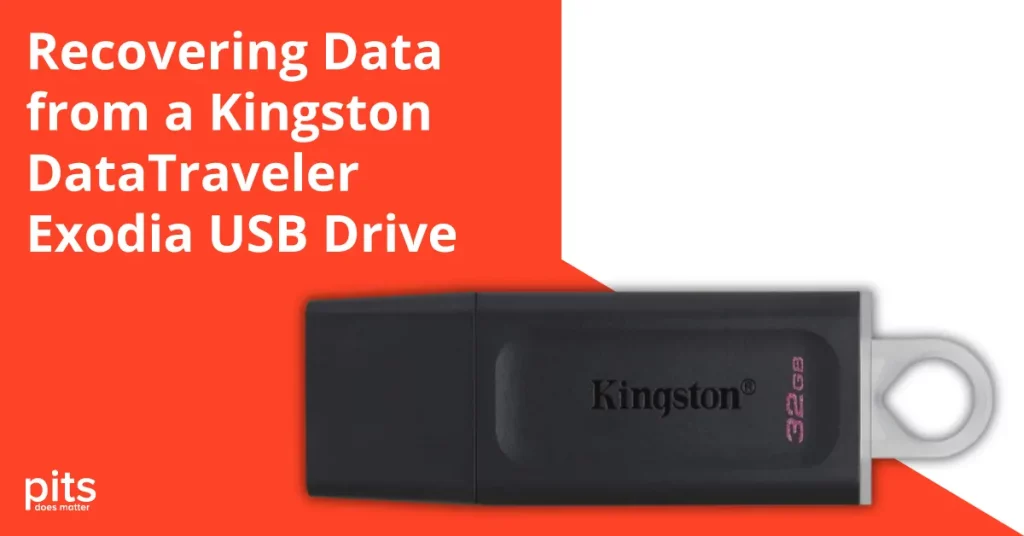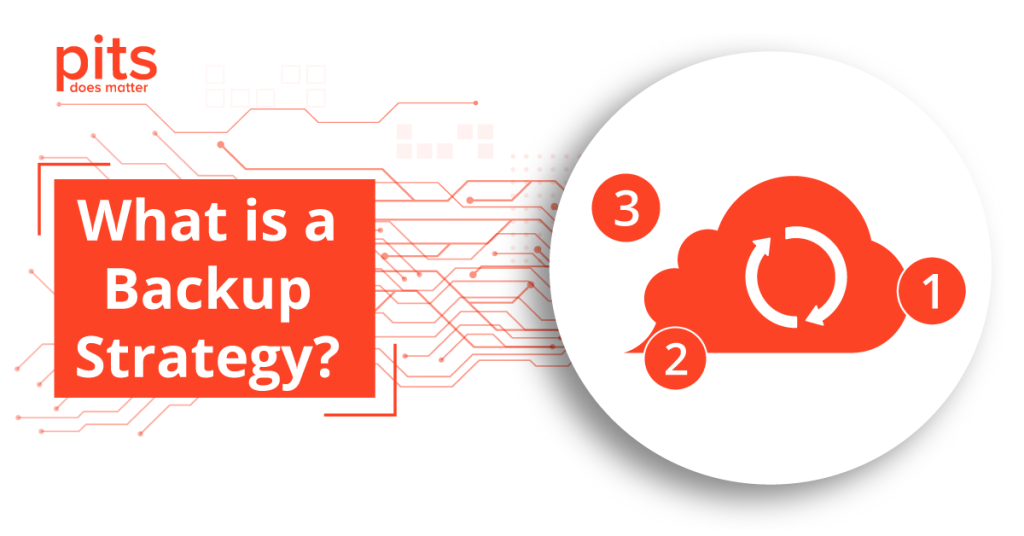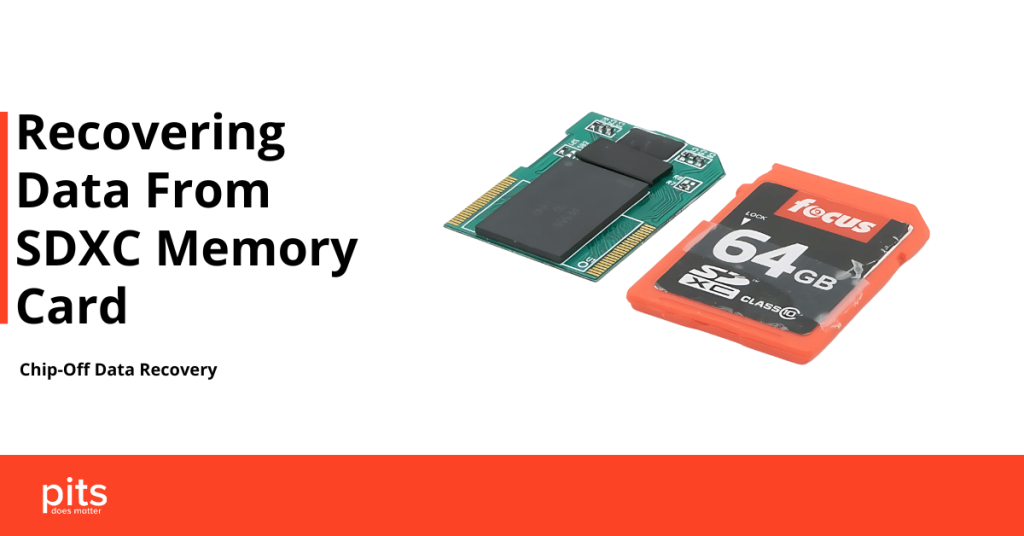In the ever-evolving landscape of data storage and backup solutions, two methods stand out: tape backup and cloud backup. Both have their unique advantages and disadvantages, making them suitable for different use cases and organizational needs. In this blog post, we’ll explore the key differences between tape backups and cloud-based backups, their benefits, and which solution might be best for your data protection strategy.
What is Tape Backup?
Tape backup is a traditional method of data storage that involves writing data to magnetic tape cartridges. This technology has been used for decades and is known for its high capacity and reliability. Tape backups are often used for archiving large volumes of data and can be stored offsite for disaster recovery purposes.
Advantages of Tape Backup
-
Cost-Effective for Large Data Sets: Tape storage tends to be more economical when dealing with large amounts of data. The cost per gigabyte is lower than that of most other storage solutions.
-
Long Shelf Life: Magnetic tapes can last for several decades if stored properly, making them a reliable option for long-term data archiving.
-
High Capacity: Modern tape drives can hold terabytes of data, allowing organizations to back up significant amounts of information without needing multiple tapes.
-
Offline Storage: Tape backups can be stored offline, providing an additional layer of security against online threats such as ransomware.
What is Cloud Backup?
Cloud backup involves storing data on remote servers managed by a third-party provider. Users can upload their data via the internet, ensuring that their files are backed up in a secure offsite location. Cloud backup solutions have gained popularity in recent years due to their accessibility and ease of use.
Advantages of Cloud Backup
-
Accessibility: Data stored in the cloud can be accessed from anywhere with an internet connection, making it easy for remote teams and users to retrieve files.
-
Scalability: Cloud storage solutions often offer flexible plans that allow organizations to scale their storage capacity up or down based on their needs.
-
Automatic Backups: Many cloud backup services offer automated backup solutions, ensuring that data is regularly backed up without user intervention.
-
Disaster Recovery: Cloud backups can be quickly restored in the event of data loss, enabling organizations to recover from disasters more efficiently.
Key Differences Between Tape Backup and Cloud Backup
-
Storage Location:
- Tape Backup: Data is stored on physical tapes, which can be kept on-site or off-site.
- Cloud Backup: Data is stored on remote servers maintained by cloud service providers.
-
Access:
- Tape Backup: Accessing data typically requires physical retrieval of the tape and loading it into a tape drive.
- Cloud Backup: Data can be accessed instantly from any device with an internet connection.
-
Cost Structure:
- Tape Backup: Generally involves upfront costs for hardware and tape media, but lower ongoing costs for storage.
- Cloud Backup: Often involves a subscription model with recurring costs based on storage usage.
-
Management:
- Tape Backup: Requires manual processes for loading tapes, scheduling backups, and monitoring storage.
- Cloud Backup: Typically offers automated backups and management through a user-friendly interface.
When to Use Tape Backup
Tape backups are still relevant for specific use cases, including:
- Organizations with large data sets that require long-term archiving.
- Businesses that prioritize data security and wish to keep backups offline.
- Environments where budget constraints make tape a more cost-effective option.
When to Use Cloud Backup
Cloud backups are ideal for:
- Companies with remote teams that need easy access to files from anywhere.
- Organizations that require automated, scalable solutions to handle varying data volumes.
- Businesses looking for quick disaster recovery and minimal downtime.
Conclusion
Both tape backup and cloud backup offer unique advantages, and the best choice depends on your organization’s specific needs, data volume, and budget. Tape backups provide cost-effective long-term storage and offline security, while cloud backups offer accessibility, scalability, and automated solutions.
Many organizations benefit from a hybrid approach that combines both methods, ensuring comprehensive data protection and recovery capabilities. Assess your data management strategy carefully to determine which solution—or combination of solutions—works best for your needs.


